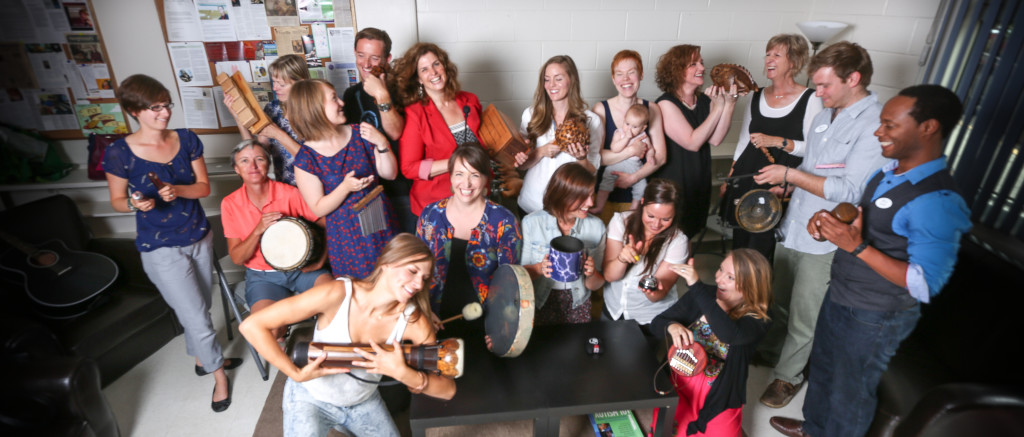
Happiness is one of my favourite feelings. I don’t need ecstatic – but happy feels really nice. As the song goes, ‘when your smiling, the whole world smiles with you’ – and it really does seem like this is the case.
When I work with seniors happiness seems to be the most common feeling they wish to feel again – a feeling that often eludes them as they sit alone in a seniors care centre waiting for their next visitor – whereas for the child happiness seems to be the feeling they have most often – the most natural of feelings. Something happens to us between ‘being a kid’ and growing older…and a decrease in happiness, at times, can be the cost.
As I have mentioned many times before music is not a cure all – but it can help us achieve more happiness – when used intentionally for this purpose.
The brain has the ability to sense the happiness and sadness of music. When the tone, tempo and timbre of music is changed, different places in the brain detect the happiness or sadness of the song. The effect of music on brain connections varies from person to person (hence different songs are happy or sad to different people) but certain areas of the brain do become more active when different types of music are played.
This is why music therapists often test different elements of music during the music therapy session. The best part of Music Therapy is how immediate responses on both sides can be (therapist and client), and how quickly the music therapist can alter their therapeutic approach as required. It is important the music therapist finds just the right tone, timbre, volume, tempo, melodic pacing, phrasing, instrument, voice etc. for each individual they serve.
Here is a glimpse into our team:
The JB Music Therapy Team at Work Play
According to Meyer (1956) there are certain elements within the music, such as a change of melodic line or rhythm, that create expectations in the listener about what they want to hear the next time. The music therapist uses these expectations during future sessions to help the individual tune into the last, best moment they had as they heard that music before. This can be similar to how an Olympian uses music before the race, to trigger their brain to the last, best race. Meyer states: …The greater the build-up of suspense of tension, the greater the emotional release upon resolution…(Meyer, 1956, p.28). After the expectation is met, resolution follows and then the body releases itself into a state of relaxation. – Meyer, Leonard B. (1956). Emotion and meaning in music. Chicago: Chicago Press.
And let’s face it – the body at rest is one that feels something pretty close to happy.
